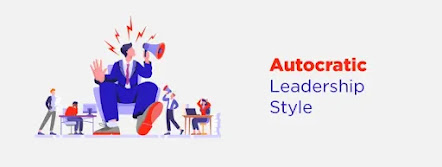Leadership Styles - What is a Leadership style? Why are they important?

Leadership Styles - What is a Leadership style? Why are they important? The success of an organization is greatly influenced by the leadership style, which affects both the corporate culture and the bottom line. A leader's approaches, traits, and actions when managing, inspiring, and guiding their teams are referred to as their leadership style. A leader's leadership style is influenced by many different things, such as their persona, values, abilities, and experiences, and it can greatly affect how well they lead. According to a three-year study by Daniel Goleman, a manager's leadership style determined thirty percent of a business's profitability . Each distinct leadership style has its own impact on groups and institutions. With a skilled and driven team, the pacesetting leader who emphasizes self-direction and excellence can be effective, but he or she may also overwhelm employees. During periods of transition, an effective leade...




